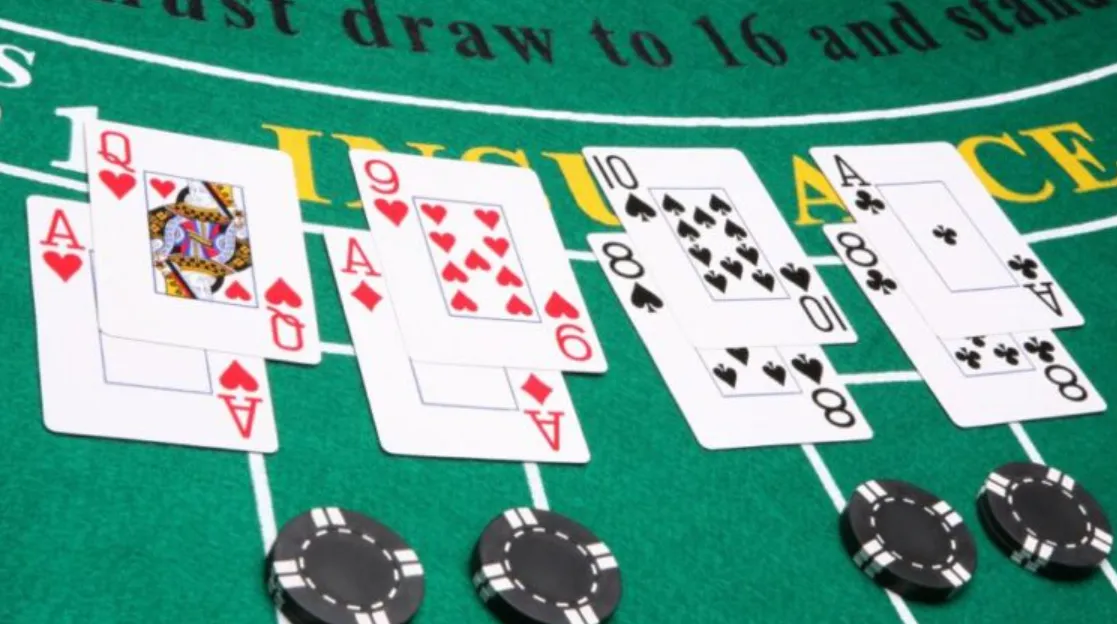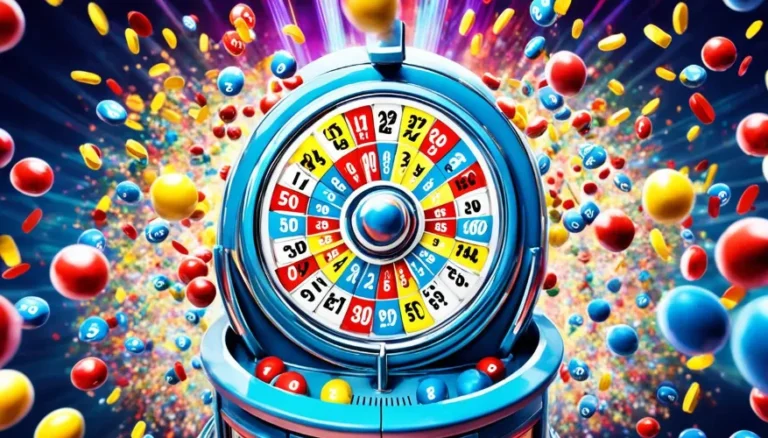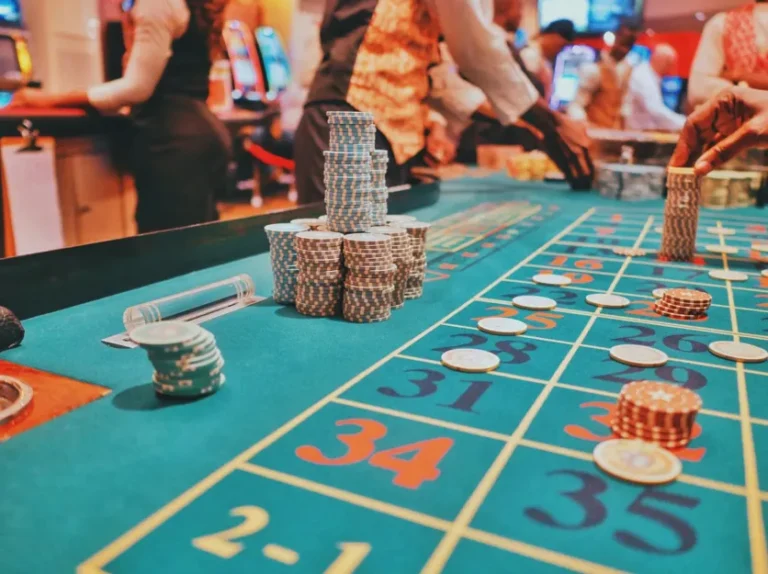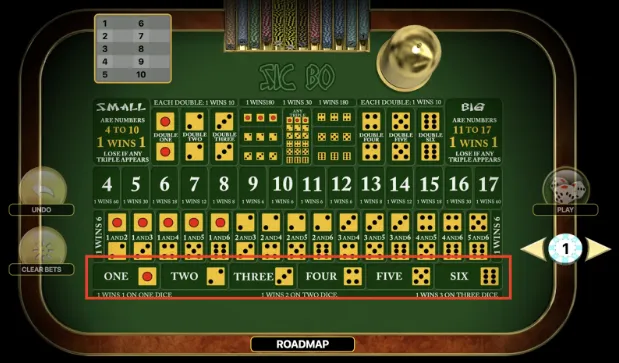Best Hands in Blackjack: Mastering the Game with Strategic Play
Blackjack is one of the most popular and widely played card games in casinos around the world. Its combination of strategy, skill, and a bit of luck makes it a favorite for both seasoned gamblers and casual players. Understanding the best hands in blackjack is crucial for mastering the game and increasing your chances of winning. In this comprehensive guide, we’ll delve into the hands you should aim for, the strategies you need to employ, and the critical decisions that can make or break your game.
Understanding the Basics of Blackjack
Before diving into the best hands, it’s essential to understand the basic rules of blackjack. In this game, each player competes against the dealer, with the goal being to have a hand value closer to 21 without exceeding it.
Card Values
- Number cards (2-10): Their face value.
- Face cards (King, Queen, Jack): Each worth 10 points.
- Aces: Can be worth either 1 or 11 points, depending on which value benefits the hand most.
Objective of the Game
The main objective is to beat the dealer by having a hand value higher than the dealer’s without going over 21. Alternatively, if the dealer busts (goes over 21), you win regardless of your hand value (as long as you haven’t busted yourself).
Key Moves
- Hit: Requesting another card.
- Stand: Keeping your current hand and ending your turn.
- Double Down: Doubling your bet after receiving your initial two cards and drawing one more card.
- Split: If you receive two cards of the same value, you can split them into two hands, each receiving an additional card.
Now that we’ve covered the basics, let’s explore the best hands in blackjack and how you can use them strategically.
The Best Hands in Blackjack
The best hands in blackjack are those that give you the highest probability of winning. These hands either position you with a strong total or allow flexibility in your strategy.
1. Blackjack (Ace and a 10-point card)
Undoubtedly the best hand in blackjack is the famous blackjack itself — a two-card combination of an Ace and a 10-point card (10, Jack, Queen, or King). This hand totals 21, and if you’re dealt this combination, you automatically win (unless the dealer also has blackjack, in which case it’s a push).
- Payout: Blackjack usually pays 3:2, which means if you bet $10, you’ll win $15 (unless the rules of the casino differ).
2. 20 (Two 10-Point Cards)
A hand totaling 20 is the second-best hand in blackjack. With two face cards or a 10 and a face card, you’re in a strong position because only blackjack can beat you.
- Strategy: It’s almost always best to stand with a total of 20. Trying to hit in this situation would likely result in a bust.
3. 19 (Ace and an 8 or other combinations)
A hand totaling 19 gives you a solid chance of beating the dealer without much risk of busting. If you have an Ace and an 8 (called a “soft 19”), you have a degree of flexibility.
- Strategy: If the dealer has a weak hand (such as 5 or 6), it might be worth standing on 19. However, with a soft 19, you might consider hitting or doubling down, depending on the dealer’s upcard.
4. 11 (Ace and any low-value card)
A hand totaling 11, especially with an Ace, is one of the most flexible and favorable hands. With an 11, you can’t bust by hitting, and there’s a good chance you’ll draw a 10-point card, giving you a total of 21.
- Strategy: Always double down when you have 11, unless the dealer shows an Ace or a 10-value card. This gives you the opportunity to maximize your winnings when the odds are in your favor.
5. 18 (Ace and 7 or other combinations)
A soft 18 (Ace and 7) provides some flexibility because the Ace can count as 1 or 11. You can choose to hit if the dealer has a strong upcard, or stand if they have a weaker one.
- Strategy: Stand if the dealer is showing a weak card (2-6). If the dealer has a strong upcard (9, 10, or Ace), you may want to hit or double down if possible.
6. Pair of 8s (16)
A pair of 8s gives you a total of 16, which is often seen as a weak hand because it’s easy to bust if you hit. However, the best move with this hand is to split the 8s, turning a weak hand into two potentially strong hands.
- Strategy: Always split a pair of 8s. This gives you a chance to play two hands, both starting with an 8, increasing your chances of getting a total close to 21.
7. Pair of Aces
A pair of Aces is another excellent hand, as you have two soft 11s. However, it’s better to split them to maximize your chances of hitting a 10-point card and forming blackjack.
- Strategy: Always split Aces. This move can turn two 11s into two blackjacks, dramatically improving your chances of winning.
Key Strategies to Master Blackjack
Knowing the best hands is important, but mastering the game requires a deeper understanding of strategy. Here are some key strategic concepts that can help you master blackjack and increase your odds of winning.
1. Basic Strategy Chart
A basic strategy chart is a guide that tells you the best statistical move to make in every situation based on your hand and the dealer’s upcard. This chart is built on probability and can significantly improve your long-term success in blackjack. Most casinos allow players to refer to a basic strategy chart at the table.
2. When to Hit and When to Stand
The decision to hit or stand is critical in blackjack. Here are a few guidelines:
- Hit when your total is 8 or less, as there’s no risk of busting.
- Stand when your total is 17 or more, unless you have a soft hand and the dealer shows a strong upcard (9, 10, or Ace).
- Hit if the dealer has a 7 or higher, and your hand totals between 12 and 16.
3. Doubling Down
Doubling down allows you to double your initial bet in exchange for committing to one more card. This move can significantly increase your winnings if done at the right time:
- Double down when you have a total of 11 and the dealer has a weaker upcard (2-6).
- Double down on a soft 16, 17, or 18 (Ace and 5, Ace and 6, etc.), especially if the dealer shows a weak card.
4. Splitting Pairs
As mentioned earlier, certain pairs, such as 8s and Aces, should always be split. However, some pairs should never be split:
- Never split 10s or face cards, as a total of 20 is a strong hand.
- Split 2s, 3s, and 7s when the dealer shows a card between 2 and 7.
5. Card Counting
Card counting is a more advanced strategy, often used by experienced players to gain an edge over the casino. By tracking the high and low cards that have been dealt, card counters can adjust their bets and playing strategy accordingly. Although effective, card counting is frowned upon in most casinos, and players caught doing it may be asked to leave.
The Importance of Bankroll Management
Even with a solid understanding of blackjack strategy, proper bankroll management is essential to long-term success. Set a budget before you play, and never bet more than you can afford to lose. Additionally, it’s wise to adjust your bets based on the odds and your comfort level.
Tips for Bankroll Management:
- Set a loss limit: Know when to walk away if the cards aren’t in your favor.
- Use a betting system: Consider using a system like the Martingale or Paroli to manage your bets.
- Avoid chasing losses: Trying to recover losses by making larger bets can lead to even bigger losses.
Conclusion
Mastering blackjack requires more than just luck. By understanding the best hands and applying the appropriate strategy, you can improve your chances of winning. Remember to stay disciplined, use a basic strategy chart, and manage your bankroll wisely. With practice and patience, you’ll be well on your way to mastering the game of blackjack and enjoying its exciting rewards.
So, the next time you sit down at the blackjack table, keep these tips in mind, and you’ll be ready to play like a pro.







